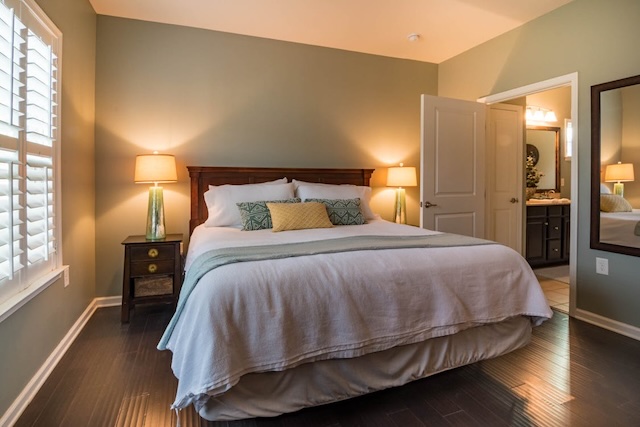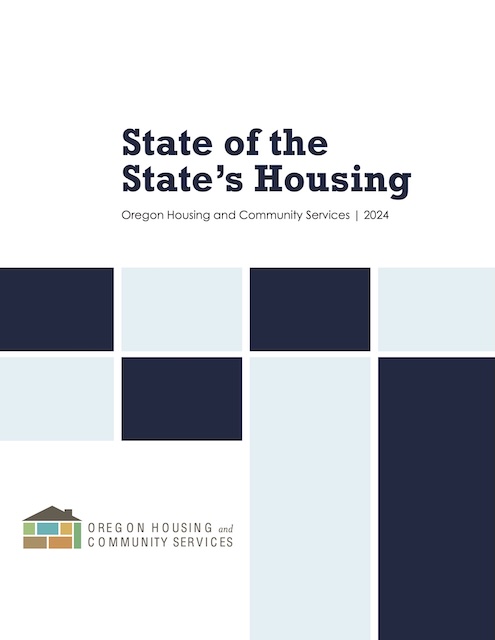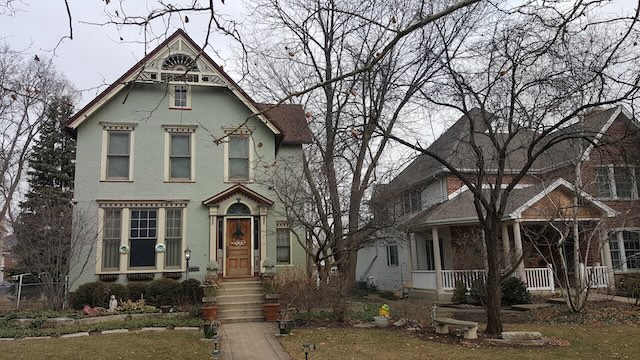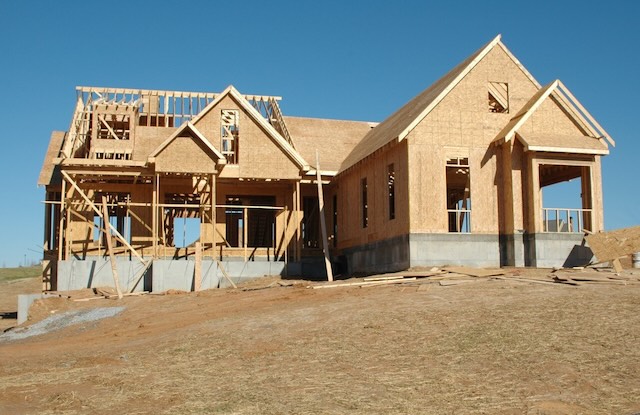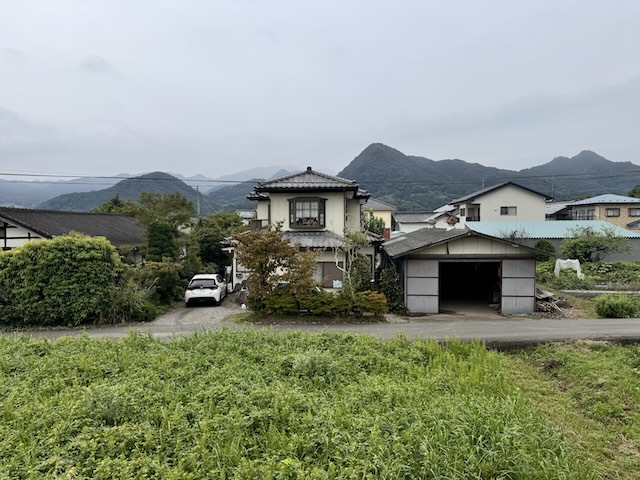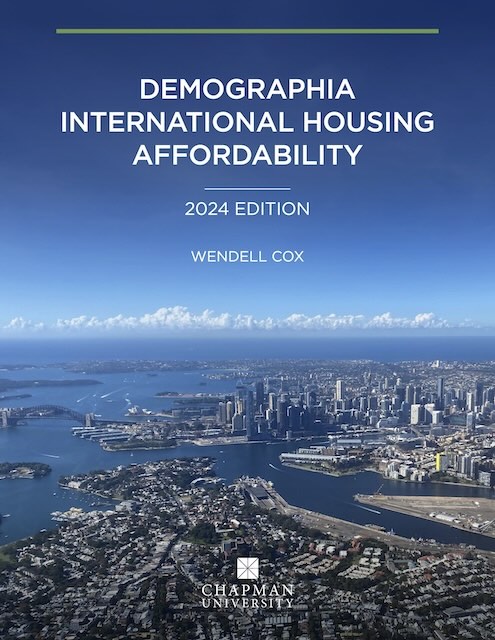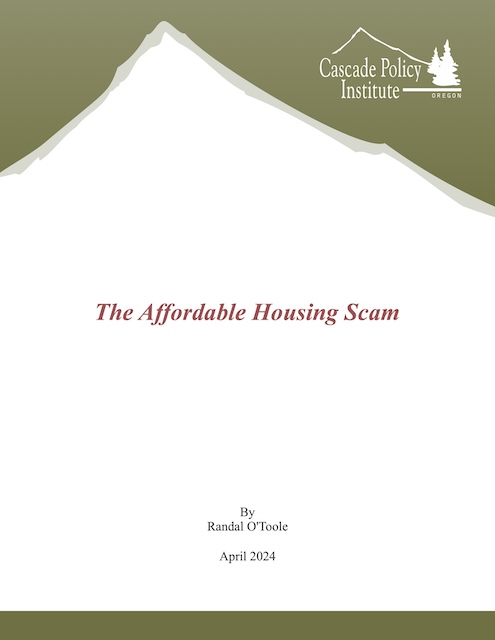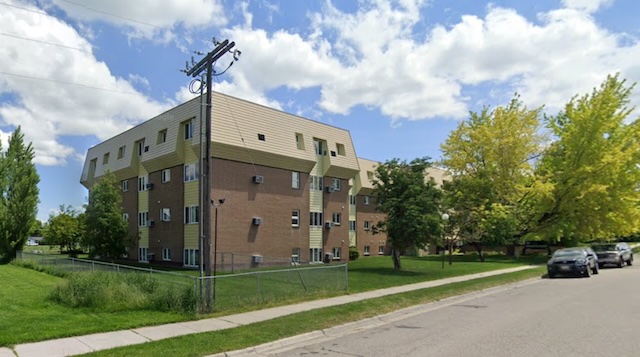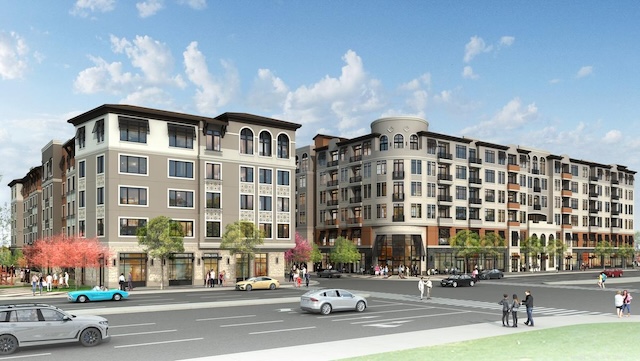Urban journalist Henry Grabar thinks he has found “one solution to America’s housing crisis”: convincing boomers to rent out their spare bedrooms to Gen-Zers. According to one review of census data, he says, the U.S. has 137 million spare bedrooms, more than enough to house all of the people now looking for affordable housing. Apparently, Grabar thinks that every child in America dreams of growing up to move out of their parents’ spare bedroom and into some stranger’s spare bedroom.
Photo by Curtis Adams.
I have bad news for Grabar: all of those spare bedrooms are being used. Just because they are called “bedrooms” doesn’t mean that’s their only possible use. They are home offices, libraries, dens, sewing rooms, hobby centers, home theaters, and so forth. Some of them are even used as guest bedrooms. It is rather arrogant of Grabar and others to think that, just because census data calls something a “bedroom” means that is the only use of the room. Even if those rooms were truly vacant doesn’t mean that anyone really wants to spend their lives in someone else’s spare bedroom. Continue reading

